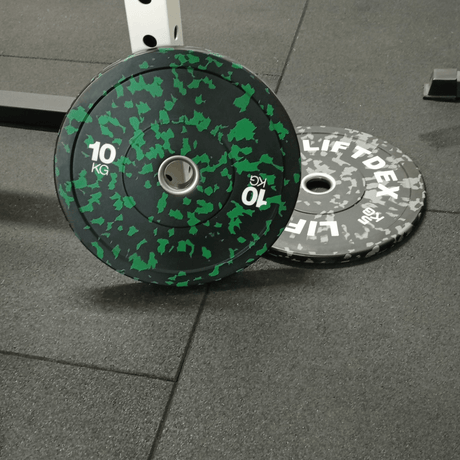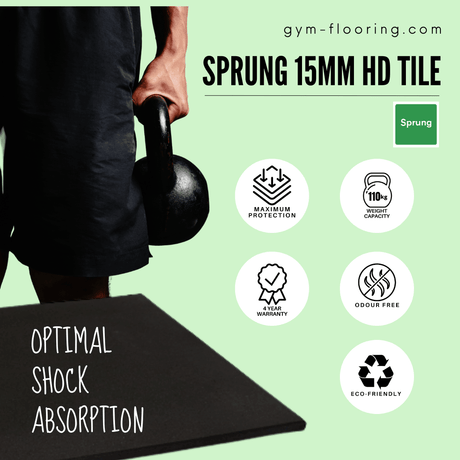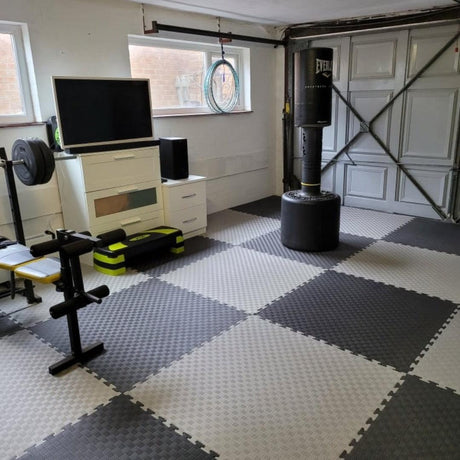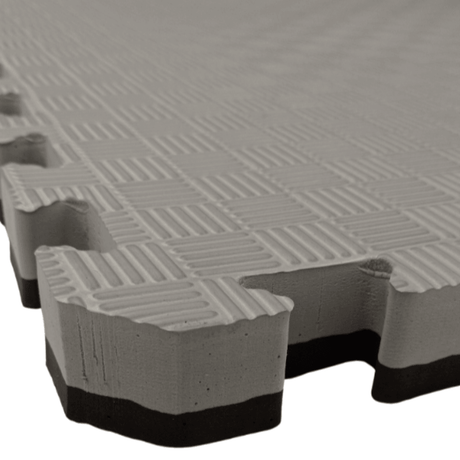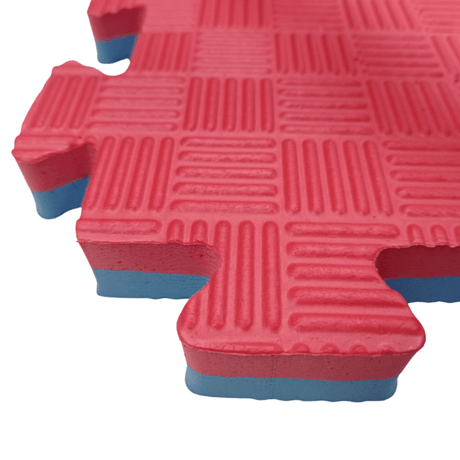In the world of sports, playing surfaces play a huge role in performance, safety and overall experience for athletes and spectators alike. Traditional grass pitches have been the norm for a long time but over the years, synthetic grass surfaces, also known as astroturf, have gained popularity especially for sports like football, rugby and multi-sport activities.
Among these, 2G and 3G astroturf synthetic grass systems have been top choices. In this article, we’ll look into the different types of sports pitches, their differences and the main benefits of using them for sports in the UK.
Table of Contents
What Types of Synthetic Grass Pitch Systems are Used in Sports?

A 2G synthetic turf system is a second generation artificial pitch system which is made of short turf fibres (usually between 13mm-24mm) and a sand infill. The type of turf is widely used in recreational football and sports like Hockey and Tennis.
Artificial pitches have come a long way since then with advancements in technology and materials leading to the development of 3G and 4G synthetic turf systems. These newer systems are known for their durability, safety and suitability for year round use across various sporting applications.
What is 2G Astroturf?
Definition and History
2G Astroturf, also known as second-generation artificial turf, emerged in the 1970s and 1980s as a major improvement over the first generation of artificial grass. This new generation of artificial turf was designed to look and feel more natural pitch grass, addressing many of the criticisms of its predecessor.
Made with tape yarns and sand infill, 2G Astroturf provided better drainage and stability, making it a popular choice for various sports applications. The introduction of sand infill was a game changer as it kept the synthetic fibres upright, improving the overall playing experience.
Characteristics and Features
2G Astroturf is characterised by its shorter pile height (usually 13mm-24mm) and sand infill. The sand infill plays a big role in keeping the synthetic fibres upright which in turn provides a smoother playing surface. This type of artificial turf is suitable for recreational football, hockey and tennis, where a reliable and consistent surface for players is needed. 2G Astroturf is also installed with a shock absorbent pad which adds an extra layer of safety by reducing the impact of falls and tackles. This combination makes 2G Astroturf a versatile and practical option for various sports applications.
History of Artificial Turf
From 1G to 2G and Beyond
The journey of artificial turf has been one of continuous innovation and improvement since 1966. The first generation of artificial turf, 1G, was short, dense fibres that were often criticised for being unrealistic and with safety concerns. The introduction of 2G Astroturf in the 1970s and 1980s was a big leap forward, more natural and functional. 2G Astroturf had tape yarns and sand infill which improved drainage and stability.
The 1990s saw the introduction of third generation artificial turf, 3G, which was even more advanced. 3G synthetic turf had longer fibres and a mix of sand and rubber infill, a more realistic playing experience that was like natural grass. The latest development is the fourth generation, 4G, a non-filled system with a performance thatch layer of artificial turf fibres. This generation eliminates the need for infill materials, a seamless and high performance playing surface.
Playing Surface and Performance
The evolution of artificial turf has changed the playing surface and performance of sports. Modern artificial turf systems like 3G and 4G offer a more realistic playing experience, better ball roll, bounce and player safety. The use of infill materials like sand and rubber has improved the playing surface by providing better drainage and stability. This has also allowed sports to be played in poor weather conditions enabling athletes to train and compete year round. The development of artificial turf has made sports more accessible to more people around the world to enjoy their favourite sports regardless of the climate.
3G Artificial Turf

3G synthetic grass, or third-generation artificial turf, is a type of synthetic turf designed for advanced football and premier sports. It has a base layer, infill and synthetic grass fibres. The infill is usually a mix of sand and rubber crumb, provides stability and cushioning. This is one of the most popular type of artificial grass due to its versatility and affordability. 3G and 4G pitches differ in construction and materials, 3G has infill while 4G doesn’t, catering to different sports and usage requirements.
4G Pitches & 5G Astroturf
4G or fourth-generation is a technologically advanced reinforced turf which only includes synthetic fibres. This is still in the early stage of development and as such is not recognised by any accredited governing body in sport yet. 3G and 4G have the same qualities in terms of performance and durability, 4G uses more advanced techniques and technology to have a complete integrated system with no need for rubber crumb infill or separate shock layers. When choosing a synthetic turf pitch for your sports club consider the durability, weather resistance and maintenance.
Sports Pitches - Hybrid, Synthetic, Natural Grass?
You may have heard of 2G, 3G, 4G systems but there are also hybrid pitches to consider. Hybrid synthetic pitches are natural turf fibres infused with around 5% synthetic turf for extra stability and support. Compared to natural grass pitches, artificial turf pitches offer more durability, maintain playability and compliance with safety standards in all weather conditions. Usually bespoke, custom made solutions for world cup stadiums and professional sports.
The main differences between hybrid pitches and synthetic solutions is the cost, durability and usage. Many professional sports clubs prefer hybrid pitches because it’s the closest surface to playing on real grass without the preparation and maintenance before and after each game. But they are less hardwearing than Astroturf pitches and usage is limited. Hybrid synthetic grass is also more expensive.
2G vs 3G Astroturf
With artificial turf carpet, sand and rubber infill and the density of the turf carpet fibres, as well as the subbase layers are what sets 2G and 3G apart, and is what testing criteria is based on. Let’s look at the synthetic pitch profile for both in more detail.
Fibre Length and Density:
- 2G: Typically has shorter and less dense artificial grass fibres, usually between 13mm and 24mm in height
- 3G: 3G pitches profile tends to have longer, thicker fibres ranging from 35mm to 65mm with more realistic characteristics of real grass.
Infill Materials:
- 2G: 2 elements - synthetic turf, sand. 2G artificial grass pitches usually has synthetic turf and sand infill only. May also include an absorbent base to qualify for certain sports standards. This synthetic turf sand infill can sometimes be brushed into the fibres grass without need to fill right to the top, known as partially sand dressed systems.
- 3G: 3 elements - synthetic turf, mix of sand and rubber granules. Commonly uses a mix of sand and rubber crumb. May include a shockpad base. May also include performance enhancing infill such as cork, rubber crumb in fill and other organic materials.
Playability, Performance and Testing Criteria
- 2G: Suitable for sports such as Hockey, Recreational Football, Netball and popular with schools and MUGAs for its playability and versatility.
- 3G: Suitable for amateur and professional sports (when used with a shock absorbent pad to meet regulations) and offers enhanced performance, closer to natural grass for sports such as union rugby league, lacrosse, world rugby, professional football and athletics. Conforms to all sports standards for performance testing and safety including FIFA, World Rugby and GAA.
Benefits of 2G and 3G Synthetic Grass for Sports

Durability
Synthetic grass turf is designed to withstand heavy use and adverse weather conditions, making it a highly durable option for sports pitches in the UK’s unpredictable climate. Artificial turf pitches offer more durability than natural grass pitches, consistent playing surface and all-weather usability while meeting safety standards. Also, the advanced reinforced turf system for both 2G and 3G pitches include infill materials and shock pad layers which help to keep the turf fibres intact and increase its lifespan, making it a long term investment that will last for years to come.
Low Maintenance
Unlike natural grass, synthetic grass requires minimal maintenance. Artificial pitches, especially those using advanced 3G and 4G synthetic turf systems, also require low maintenance while offering durability and safety. Players can enjoy playing on a pitch that looks and feels like real grass without the need for continuous upkeep. No mowing, watering or fertilising, which saves clubs and organisations time and money. Maintenance of artificial grass is simple and less frequent than real grass which requires continuous maintenance and care.
Cost Effective
Investing in a synthetic turf system maximises functionality due to the versatility of various sports and the increase of use throughout the year. With increased playability, clubs and sports teams/ organisations will get a return on their investment as well as saving significantly on maintenance costs of real grass. Artificial turf pitches are more cost effective than natural grass pitches due to lower maintenance requirements and longer lifespan. The cost of carpet sand and rubber crumb in fill to maintain an artificial grass pitch is much less than the irrigation and preparation costs associated with real grass pitches.
Consistent Playing Surface
Synthetic grass provides a consistent playing surface throughout the year, regardless of weather conditions. This means athletes can train and compete at their best, without worrying about uneven or muddy patches for a smoother playing surface whatever the weather.
Versatility
Artificial grass pitches can be designed to meet the specific requirements of different sports, recognised by any accredited sports organisations. Artificial turf pitches offer versatility for various sports, consistent playing surface and all-weather usability. Whether it’s football, rugby or multi-sport activities, these surfaces can be adapted to provide optimal performance for each sport. For example, the governing body of various sports require certain performance and testing standards to be met which may include specific performance infill or the artificial grass system to be installed with a shock layer to meet the professional standards for athletes.
Customer Insight: (Topic 'Outdoor Sports Facilities & The Community')
"Our 2G games MUGA has opened up so many opportunities for sports in our community. It's not a professional pitch but it gives our teams and clubs a space for training and brought more young people to local sports"
Safety
Both 2G and 3G synthetic grass surfaces are designed with player safety in mind. The infill materials offer cushioning and shock absorption, reducing the risk of injuries from falls and tackles. Artificial pitches, including the latest 3G and 4G synthetic turf systems, incorporate advanced technology and materials to enhance durability and safety, suitable for year-round use across various sporting applications.
Sports Turf Thickness
It is important to consider the pile height of sports turf for particular sports. With 2G and 3G the pile height is usually prescribed with the system but here are some guidelines on the recommended pile heights for different sports and activities.

FAQ
What does FIFA synthetic surfaces consist of?
FIFA require any artificial turf pitch to be tested/approved using test criteria such as their FIFA Quality Programme. This ensures the surface is suitable for football at professional levels.
Between Hybrid and Synthetic Pitches, which is better in terms of performance?
Both are performance oriented and it really comes down to player preference as well as affordability. Hybrid systems are more expensive to produce, install and maintain.
Is synthetic grass entirely artificial man made?
Yes artificial grass is an engineered, technically enhanced surface.
Do you need rubber crumb with 4G pitches?
No 4G pitches do not require sand or rubber infill.
Can you get pitches hybrid synthetic 2g?
Yes any synthetic grass fibres can be infused with 95% of natural fibres for a hybrid pitch.
Can you get synthetic grass without infill?
Yes fourth and fifth generation turf does not require infill.
What are the features of a synthetic turf pitch?
A synthetic turf pitch, especially 3G and 4G pitches, have durability, weather resistance and low maintenance. These are perfect for grassroots and non-league football clubs. Choosing the right synthetic turf pitch means the surface meets the needs of the players and the club.
Conclusion
From 2G, 3G, 4G and 5G artificial grass pitches available in the market it can be confusing to determine what you need from all the options.
2G and 3G astroturf synthetic grass have changed the way sports pitches are designed and maintained in the UK. With their durability, low maintenance and enhanced performance, they are a viable alternative to grass pitches for football, rugby and multi-sport activities.
Hybrid synthetic 2g, 3g or 4g systems are used in large sports arenas where there is time and money to maintain the sports pitch. 4G pitches and 5G systems are not used in the mainstream as testing and certification has not been completed and fully recognised by sporting federations and the technology involved is advanced.
Whether you are a professional athlete, club manager or sports enthusiast, investing in a 3G or 4G synthetic grass pitch means you get a long lasting and high quality playing surface that meets the needs of all modern sports.
Browse 2G and 3G sports pitches for a complete range of premium playing surfaces for all outdoor sports.





